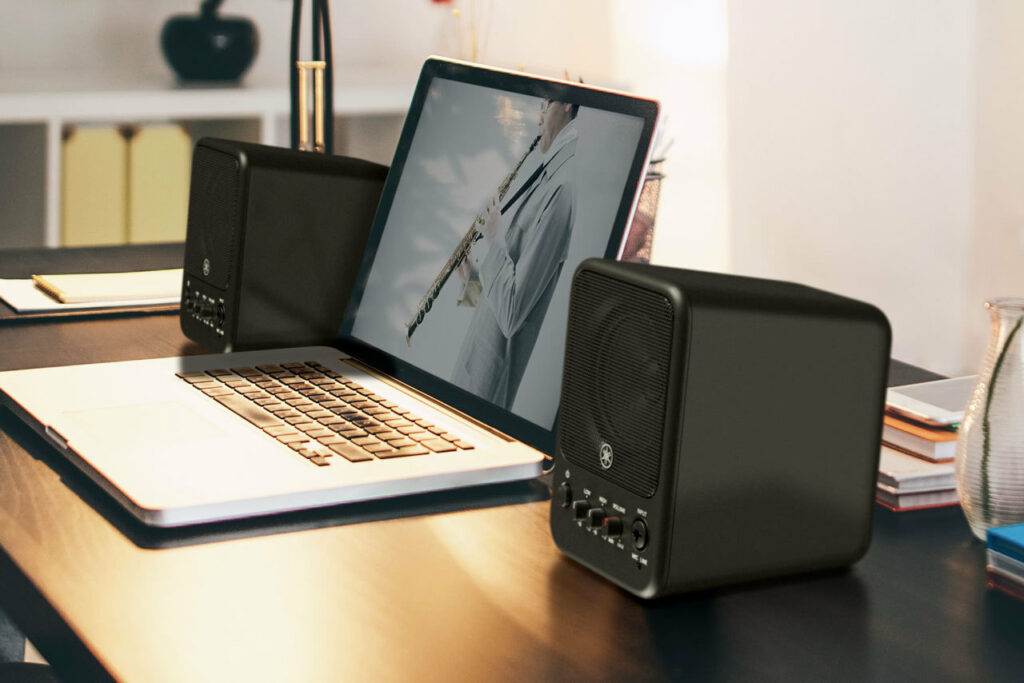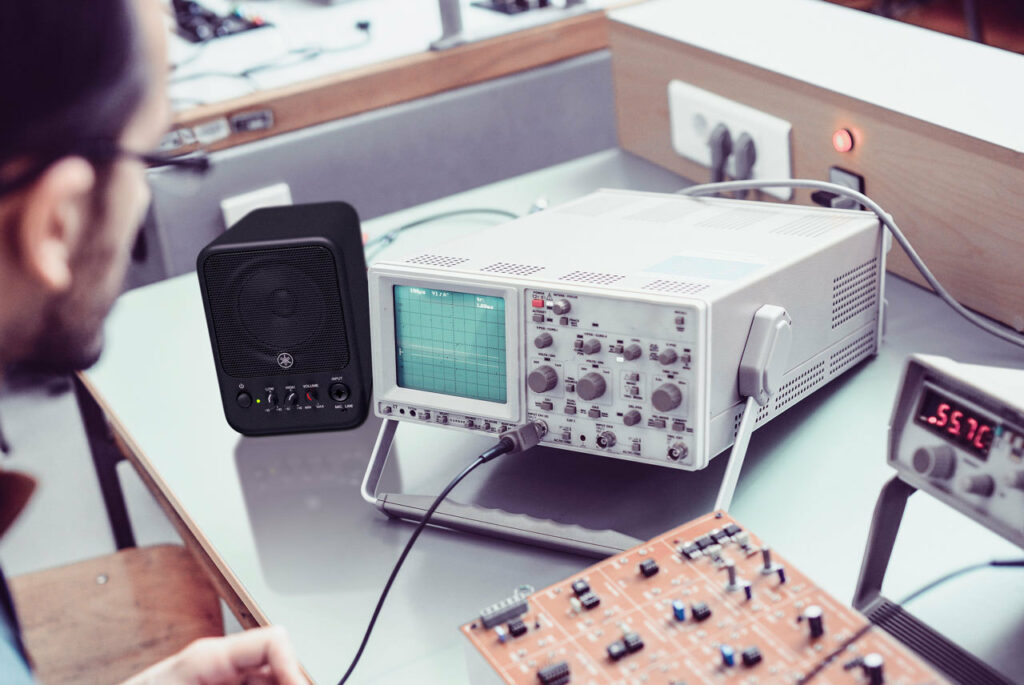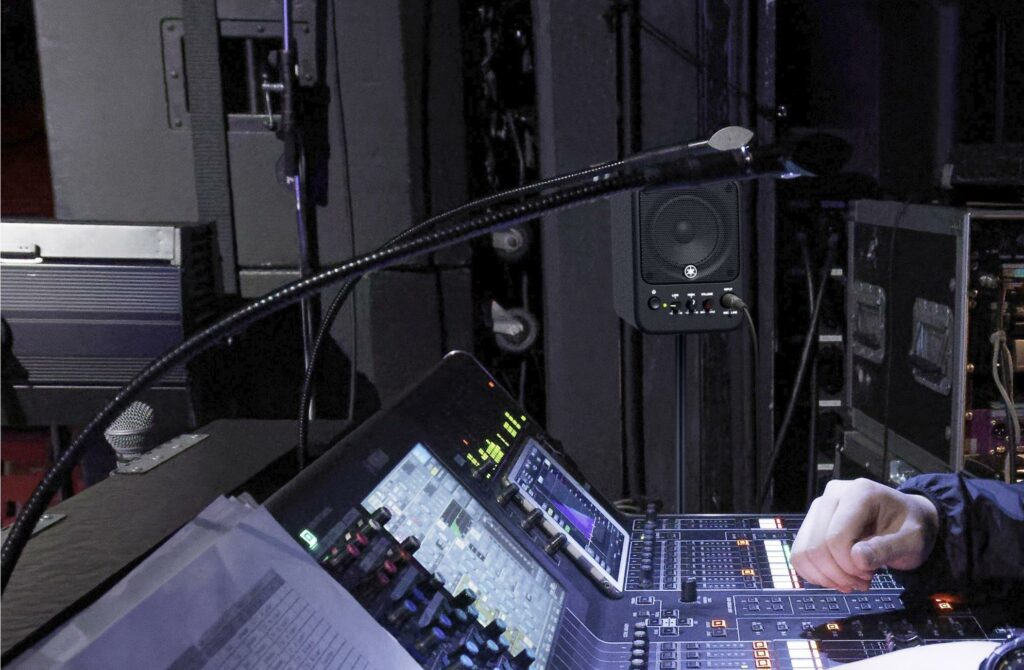The biggest isn’t always the best, as Yamaha’s much-loved MS101 proves. Greg Scarth explains why you might want to add one or two of these legendary mini monitors to your setup.

The Yamaha MS101-4 is the fourth-generation version of Yamaha’s trusty compact monitor, replacing the MS101 III. The basic concept is very much the same: a tiny, utilitarian powered speaker with a single four-inch driver housed in a durable enclosure. Scratch beyond the surface, however, and you’ll discover that the 4 is a substantially different speaker to its predecessor, not just in terms of its redesigned case but also internally. The main upgrades for this latest iteration include more power and significantly higher maximum output level, while frequency response is also improved at the high end, with the 101-4 rated at 77 Hz – 20 kHz (±10 dB).

In sonic terms, the MS101-4 isn’t intended to be an out and out studio powerhouse. Hooked up to an audio interface, the sound is unflattering and detailed but not exactly flat and precise. The low end in particular is clearly lacking when compared to bigger, more expensive studio monitors. But the point of the MS101 isn’t necessarily to be used as a pair of regular studio monitors. They certainly do a job as far as a basic portable reference for hooking up to a laptop and monitoring on the go, but what the MS101 does well is versatility. For a start, look at the inputs: two line inputs round the back (3.5mm and ¼-inch) plus a combi XLR/¼-inch mic/line input on the front, all of which are summed internally. That allows you to hook up a range of different sources aside from the obvious audio interface or mixer. Amplify vocals in a small setting, use the speaker as a personal monitor for an instrument or set up a DJ booth monitor – there are plenty of potential uses to explore. If you’ve got a hardware-based studio setup, it’s surprising how handy it is to be able to hook up a monitor on any instrument in a matter of seconds.

Like most monitors, the MS101-4 is sold individually, and in this case there’s quite an argument to be made for owning just a single monitor. Used on its own during the mixing process, a single MS101 is a handy mono reference as well as a secondary monitor for referencing vocal levels. But having an MS101 around when recording, producing or just jamming makes you realise how convenient it is to have a versatile little speaker like this hanging around just in case you find a need for it. Threaded holes on the bottom of the speaker allow it to connect directly to a mic stand, meaning you can set it up in any location quickly and easily. An optional bracket allows you to adjust the position and angle a little more easily.

It’s worth asking the question of who the MS101 is aimed at. With a price tag just over £140 for a single speaker, the MS101-4 isn’t a complete bargain basement option, but you’re paying for the tried-and-tested durability. This is unlikely to be the first choice speaker for a permanent studio setup – there are more accurate options if you’re choosing a main pair of monitors – but there are plenty of other reasons to consider it. Aside from its obvious versatility as a secondary monitoring source, the MS101 also excels where there’s a risk of a more fragile studio monitor being damaged, particularly in applications where less experienced operators might interact with the monitors, or when younger musicians might be involved. You’d hesitate to use words like bombproof for any speaker, but experience has proven that MS101s stand up to a lot of abuse.

The MS101-4 is a true workhorse. It’s a worthwhile reminder that ultimate sound quality isn’t the be-all and end-all of studio monitors. There are countless specialist applications where a rock-solid compact monitor with decent sound comes in handy, but aside from that, an MS101 is simply useful to have around in any studio, musical environment or production setup. The MS101 design has been around forever, but the updated MS101-4 proves that it’s still as relevant as ever.
Greg Scarth
More info/buy